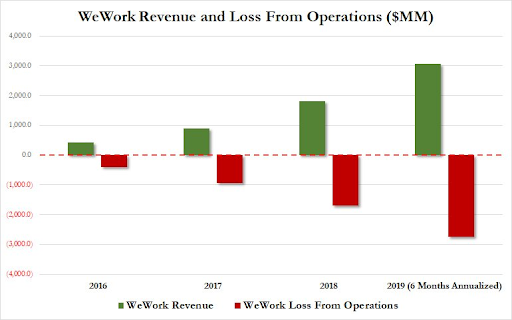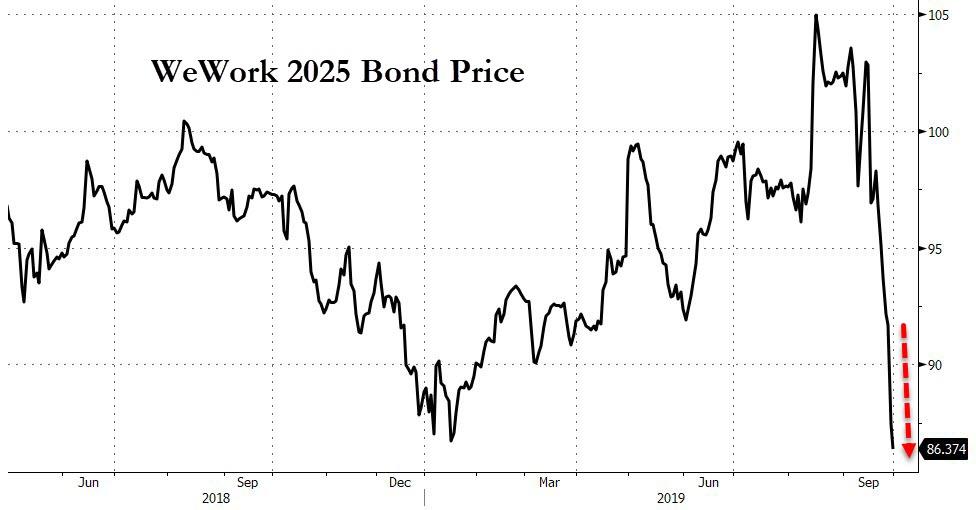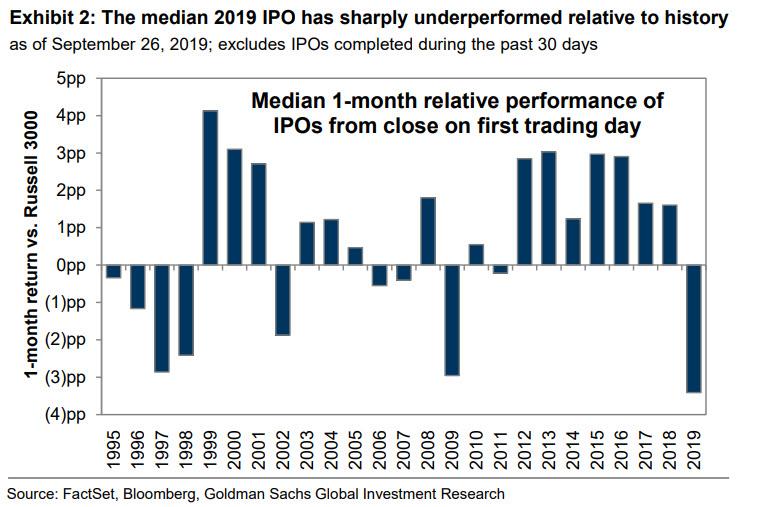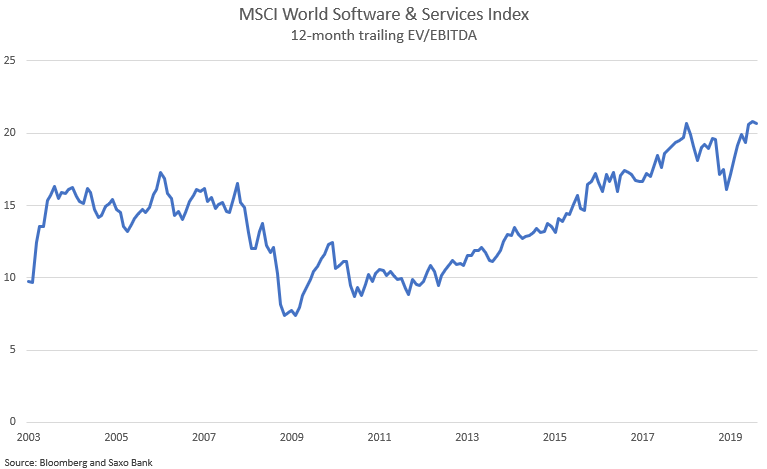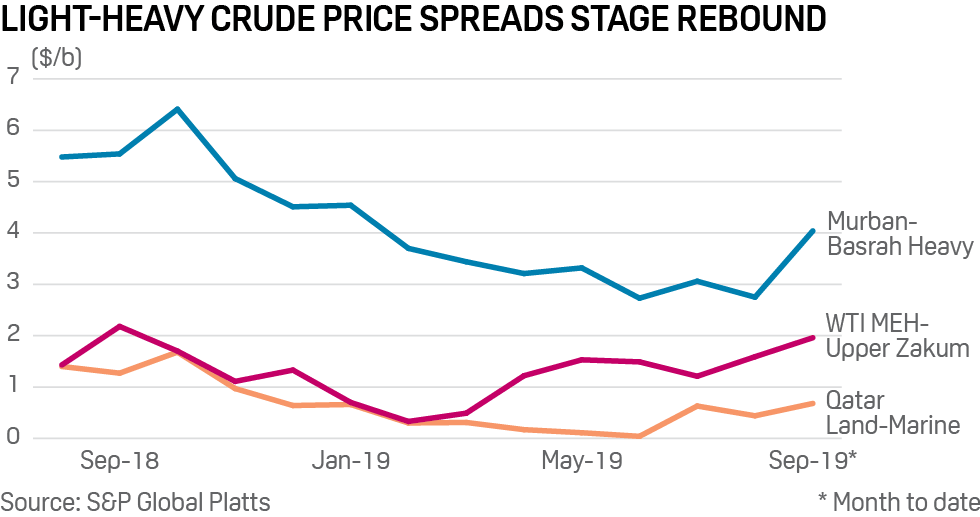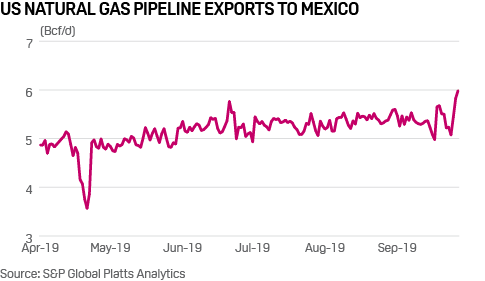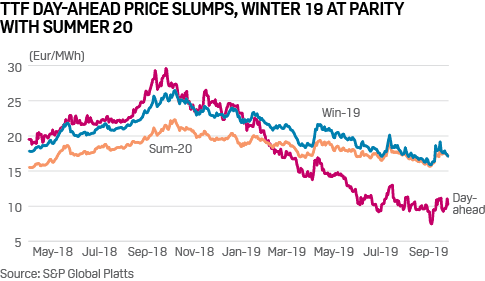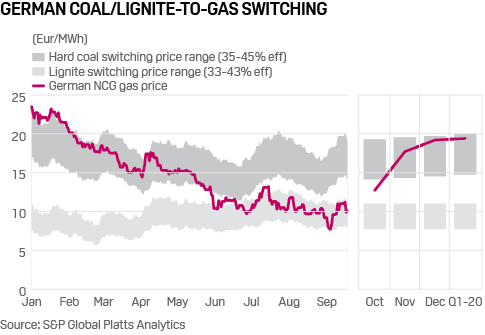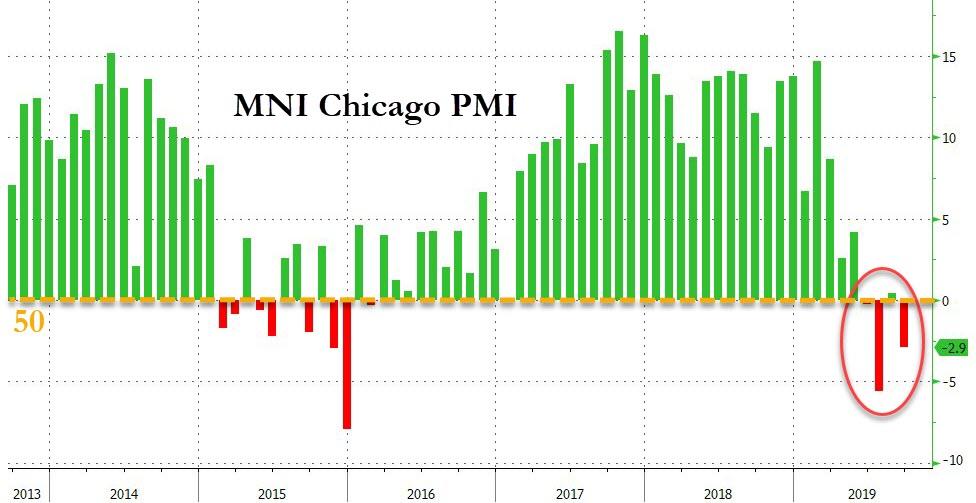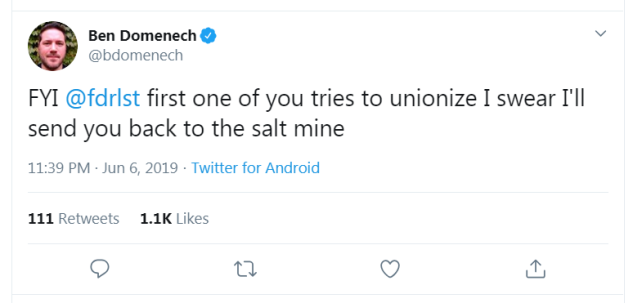Two weeks have elapsed since New York Times writers Robin Pogrebin and Kate Kelly reported on a fresh accusation of sexual misconduct against Supreme Court Justice Brett Kavanaugh from his time at Yale University.
The information was contained in an excerpt from their newly released book, The Education of Brett Kavanaugh: An Investigation. Its rollout has produced one media failure after another, which is probably at least partly the fault of the authors. The book itself is inconsequential and likely to disappoint all those seeking some new, key insight into the man who joined the Supreme Court last year.
The book excerpt first appeared in the New York Times’ Sunday Review—the opinion section. Top editors evidently did not think the new information about a previously unreported sexual misconduct allegation warranted coverage on the news side of the paper, “let alone a big one-page treatment,” according to Vanity Fair.
Almost immediately, the news side’s judgment rang true—to borrow a phrase Pogrebin and Kelly make liberal use of in their book—thanks to the Sunday Review’s clumsy handling of the excerpt. The version that appeared in the paper omitted a key detail about the new accusation: Though a supposed witness of the misconduct, Democratic lawyer Max Stier, had allegedly seen Kavanaugh’s friends take hold of his penis and push it toward a woman at a Yale dormitory party in the 1980s, the victim herself told friends she did not remember the encounter. Pogrebin and Kelly concede this in the book, but the Times’ version left out the important clarification, prompting much-deserved criticism from Kavanaugh defenders and right-leaning media folks.
But even though the Stier scoop left much to be desired, it’s easy to see why Pogrebrin and Kelly selected it for prominent promotion: There just isn’t much else of interest in their book. Unfortunately, The Education of Brett Kavanaugh: An Investigation tells readers very little that they didn’t already know about President Donald Trump’s second Supreme Court appointee. Sparse insights into Kavanaugh’s time at Mater Dei School, Georgetown Preparatory School, and Yale University do little to justify the book’s ambitious title. For all the effort, Education is mostly a tedious retelling of last September’s bitter confirmation hearings.
To their credit, Kelly and Pogrebin do approach their subject with a refreshing lack of bias, and are often fair to him. They do not turn Kavanaugh into a monster, and they flatly reject several of the more sensational allegations against him—including those made by controversial celebrity attorney Michael Avenatti through his unreliable client, Julie Swetnick. The book itself generally avoids making unfounded allegations, and the significant amount of reporting is not to be discounted.
Even so, the book’s conclusion makes clear that Pogrebin and Kelly come down right where you would expect.
“As people, our gut reaction was that the allegations of Ford and Ramirez from the past rang true,” they write. “As reporters, we uncovered nothing to suggest that Kavanaugh has mistreated women in the years since. Ultimately, we combined our notebooks with our common sense and came to believe an utterly human narrative: that Ford and Ramirez were mistreated by Kavanaugh as a teenager, and that Kavanaugh over the next thirty-five years became a better person. We come to this complicated, seemingly contradictory, and perhaps unsatisfying conclusion based on the facts as we found them.”
These facts, though, are essentially the same ones reported exhaustively in major media outlets last year, when every journalist worth his or her salt made attempts to determine the location of the house where Christine Blasey Ford was allegedly assaulted by Kavanaugh and his friend, Mark Judge. Aside from Ford, everyone allegedly present for the incident in question—Kavanaugh, Judge, friend P.J. Smyth, and notably, Leland Keyser, a close female friend of Ford’s—denies any memory of it having occurred. Maybe they are wrong or lying. But neither Kavanaugh skeptics nor Kavanaugh defenders nor even Kavanaugh undecideds will change their minds based on the information in Education. We’ve heard most of it before.
Pogrebin and Kelly do break some new ground in recounting the tales of Kavanaugh’s youth, though again—despite the title—the future justice’s teenage years constitute significantly less than half of the book. Here, mundane aspects of adolescence are treated like revelations. Take how the authors describe the environment at Georgetown Prep:
Students could be cruel and combative, and competitive. Tensions sometimes became inflamed on the weekends because of excessive drinking. Many of the Prep boys were also ill-equipped for socializing with girls. An environment with limited sex education, no female students, and just a handful of female educators, some alumni say, became a breeding ground in the early 1980s for a casual brand of misogyny.
Among Prep’s alpha males, there was a sense of entitlement—over girls, younger students, smaller boys, public school graduates, and non-athletes. A military-style social hierarchy was immediately evident to freshmen. First-years were treated like plebes, to be picked on and pushed around by the upperclassmen, some of whom had suffered the same hazing rituals. The more diminutive students were sometimes deposited into campus trash cans or stuffed into lockers. The bigger boys and those who had standing because of older brothers or ties to Mater Dei were inoculated.
The above could be a description of any boys high school in the U.S., but Pogrebin and Kelly write as if Kavanaugh was the product of some uniquely violent, misogynistic culture. In reality, it appears from their own reporting that he had one of the most normal upbringings imaginable, and showed completely typical interest in sports, drinking, girls (though he was awkward around them), and male camaraderie. It quickly becomes clear that this information is only of interest because the authors implicitly treat it as circumstantial evidence that Ford’s account should be considered credible.
Pogrebin and Kelly are also inclined to condemn Kavanaugh for his hostile and combative temperament during the Senate Judiciary Committee’s questioning relating to the Ford allegation. In fact, it is here that they engage in their most aggressive editorializing. They accuse Kavanaugh of “brazenly [violating] his very own principles about ‘proper demeanor'” when he thunderously denied the accusations and lashed out at Democrats for scrutinizing him. They exhaustively quote Democratic politicians and left-of-center media folks asserting that Kavanaugh’s aggressive temperament was itself disqualifying.
“Above and beyond the accusations of misdeeds, the charges of telling falsehoods, and the theme of heavy drinking sits another, more encompassing, dilemma: Kavanaugh’s temperament,” they write. “Despite superlative marks from the American Bar Association and many associates, Kavanaugh’s usual evenness was absent from the September 27 hearing.”
Far from being a “more encompassing dilemma” than potential sexual misconduct, Kavanaugh’s anger was completely understandable. It did not remotely constitute some betrayal of principle. Yes, judges should keep an even temperament and a civil tone in their role as impartial moderators, but Kavanaugh was not occupying the moderator role during the September 27 hearing: On the contrary, he was playing the part of the defendant.
Education is largely a dud, which helps explain why its authors have had to make mountains out of molehills. The Sunday Review’s mistake was soon compounded by a similar misunderstanding elsewhere in the media. When asked if they interviewed Kavanaugh for the book, Pogrebin and Kelly said they could not agree on the terms of the discussion. “He wanted us to say we hadn’t spoken to him,” Pogrebin explained.
That’s a rather sinister way of describing a common demand made by interviewees for anonymity—a promise that what they say will not be attributed to them, or will be used only for background purposes. It’s not exactly clear what the sticking point was, and if Kavanaugh demanded that exact phrasing as a condition of the interview, the authors were right to insist on something more technically accurate, along the lines of Kavanaugh declined to comment on the record. But it’s far from established that Kavanaugh did so: As The Washington Examiner‘s Becket Adams pointed out, the declined-to-comment language may have come from a Kavanaugh representative, and not the justice himself. We don’t know whether this representative worked for Kavanaugh personally or for the Supreme Court. In any case, HuffPost led with the maximally inflammatory headline: “NY Times Reporters Say Kavanaugh Asked Them to Lie in Exchange for an Interview.”
The book, of course, makes no mention whatsoever of such a lie being requested.

from Latest – Reason.com https://ift.tt/2nOkp0B
via IFTTT
